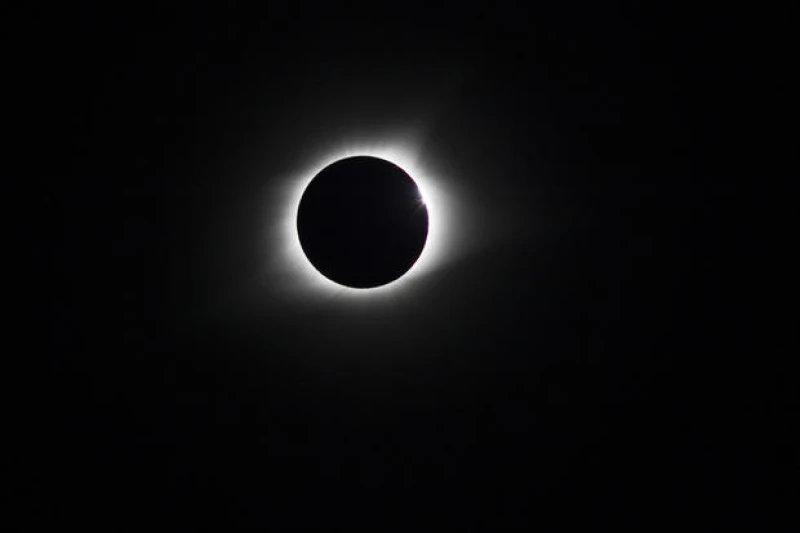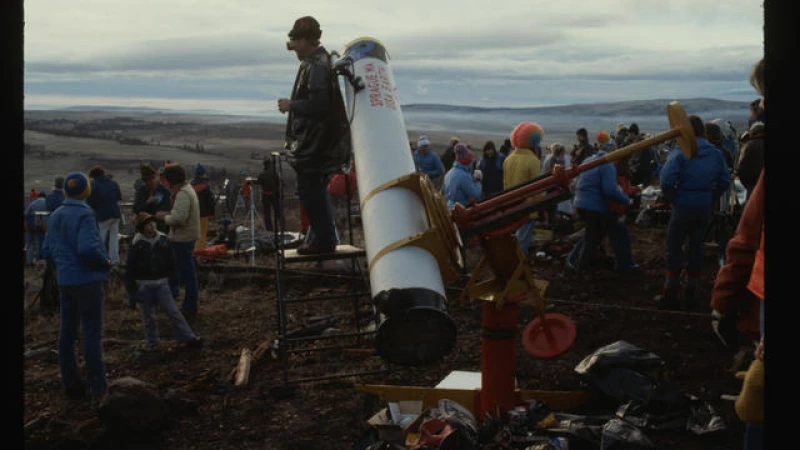On April 8, 2024, a rare total solar eclipse will be visible in parts of the United States. Those in the path of totality will have the opportunity to see the sun be fully covered by the moon for several minutes.
Total solar eclipses are rare, and aren't often visible from the U.S. The last time one occurred was in 2017. That eclipse was visible from coast to coast.
Here's a list of all the times a total solar eclipse has been recorded in the United States.
Total solar eclipse in the U.S. during the 18th century
The first recorded total solar eclipse was in 1778, according to NASA, just a few short years after the United States became an independent country. The eclipse was visible from the Carolinas to New England, and was noted by historical figures like Thomas Jefferson, according to Mount Vernon, the museum established in former President George Washington's estate. Troops in Washington's army also noted the event.
List of total solar eclipses in the U.S. during the 19th century
1806: The first total solar eclipse of the 1800s occurred in 1806. The path of that eclipse would have crossed from Arizona, through the Midwest and into New England.
1869: The next total solar eclipse was recorded in 1869. The path of totality stretched from Alaska to the Carolinas. Photos of the event were published in Harper's Magazine, the first mass publication to do so.
1878: The next total solar eclipse occurred in 1878, and the path of totality arced from Alaska through Louisiana. It was studied by an all-woman team of astronomers, and Thomas Edison himself traveled to see the event, bringing scientific equipment to study the sun's corona during the eclipse.
List of total solar eclipses in the U.S. during the 20th century
1900: The first eclipse of the 20th century was in 1900. The path of totality of that eclipse brought it over Wadesboro, North Carolina.
1918: In June 1918, a total solar eclipse was visible from Washington to Florida. It was the last time a total solar eclipse would be visible across the entire continent for nearly 100 years.
1925: This was followed by another total solar eclipse in January 1925, which was visible from Minnesota through New England.
1932: Back in August 1932, a total solar eclipse graced North America once again. The path of totality for this eclipse mostly crossed through Canada, as reported by NASA, but also made an appearance in northern New England, including parts of Vermont, Maine, New Hampshire, and Massachusetts.
1963: Fast forward to July 1963 for the next total solar eclipse in the U.S. This time, the eclipse was visible in Alaska and parts of northern New England, as detailed by NASA.
1970: March 1970 marked the visibility of another total solar eclipse from the coast of the Southwest United States. Check out the CBS News coverage of that event in the video below:
1979: The final eclipse recorded by NASA in the 20th century occurred in 1979. This eclipse could be seen in the Pacific Northwest and parts of Idaho and the Dakotas, with the path of totality mostly gracing Canada.

Total solar eclipses in the U.S. during the 21st century so far
Only two total solar eclipses have been visible from the United States during the 21st century. The first one was the total solar eclipse of 2017, which could be seen across the country. This marked the first occurrence of such an event since 1918, drawing millions of spectators.
The U.S. won't see another total solar eclipse for decades, . The next total solar eclipse visible from the United States will occur in August 2044.
Total solar eclipses happen every one to three years, but the events are usually only visible from Earth's poles or from the middle of the ocean.







